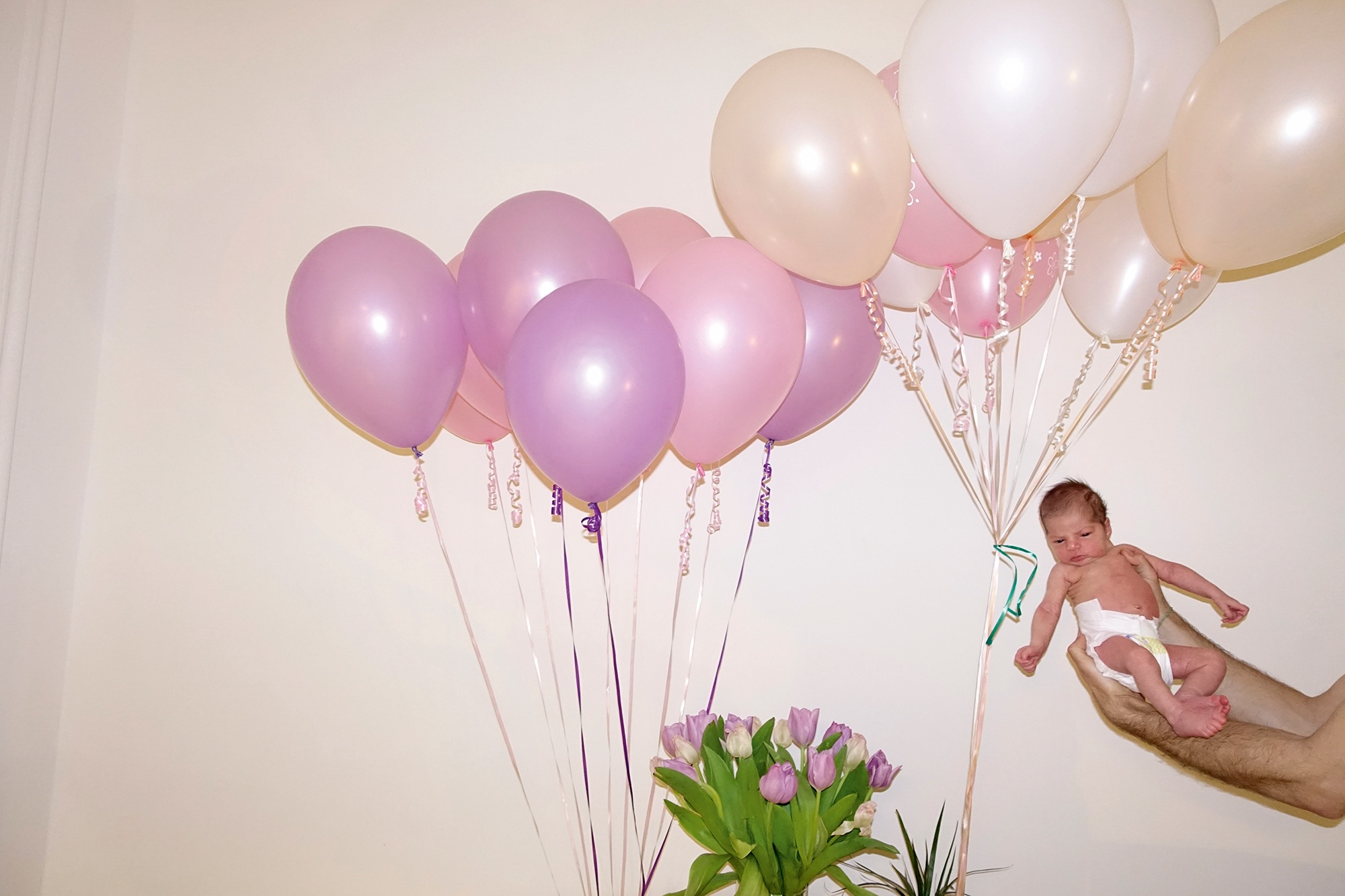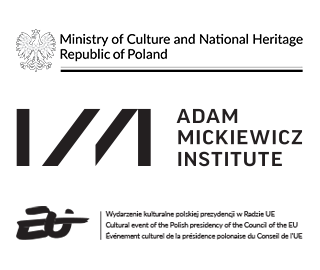From the series Sorry I Gave Birth I Disappeared But Now I’m Back, 2016–2022 © Andi Gáldi Vinkó.
The vibrant photography scene in Hungary and beyond testifies to the urgent need to update outmoded conceptions of Central and Eastern Europe, argues curator and researcher Catherine Troiano
The idea of a common cultural heritage in Central and Eastern Europe is at once visceral and conceptual, informed by sweeping social, political and infrastructural histories that have played out in a diverse region. Attempting to harness some kind of commonality – specifically in the visual arts – is a complicated task, wrought by both continuity and plurality. Photography renders this even more complex, as something that straddles personal and collective experience, and enormously variable expectation.
In her 2024 essay Localising Identity and Understanding Legacy (included in The Routledge Companion to Global Photographies), Hungarian scholar Ágnes Básthy argues that ‘Eastern Europe’ is a layered and unfixed geopolitical concept, which emerged in response to a Western default in the history of modernity. Polish art historian Piotr Piotrowski, who coined the idea ‘horizontal art history’, conceptualised the region as a ‘periphery’, arguing in In the Shadow of Yalta: Art and the Avant-Garde in Eastern Europe 1945–1989 that locality transcends national ideology, and is determined by a network of processes that occur within and beyond a particular locale. The influential Bulgarian historian Maria Todorova further wrote that the notion of ‘Central Europe’ appeared during the late Soviet period, resulting from Hungarian, Czech and Polish advocates seeking distinction from the ‘East’ to reflect their proximity to the ‘West’ (in her essay The Trap of Backwardness, Slavic Review #64). All agree that the nuance around these local, (trans)national or ‘translocal’ identities, continues to be an anchor point for contemporary artistic practice.
Western versions of photographic history typically included photographers from Eastern Europe variously connected to the ‘West’, through immigration, photographic organisations or amateur clubs. Hungary is an acute example of this piecemeal export, having been deified almost by the contributions of a handful of photographers who immigrated early in their careers. This contributed to a skewed perspective of how nationhood and creative production intersect, while obscuring decades of vibrant and varied photographic practice. Such practice existed, and still exists, within frameworks of cultural production that control access to learning, visibility, funding and creative exchange – all crucial factors for artist careers. These frameworks therefore offer a compelling point of entry, complementary to a shared aesthetics, to contemporary photography in Hungary.
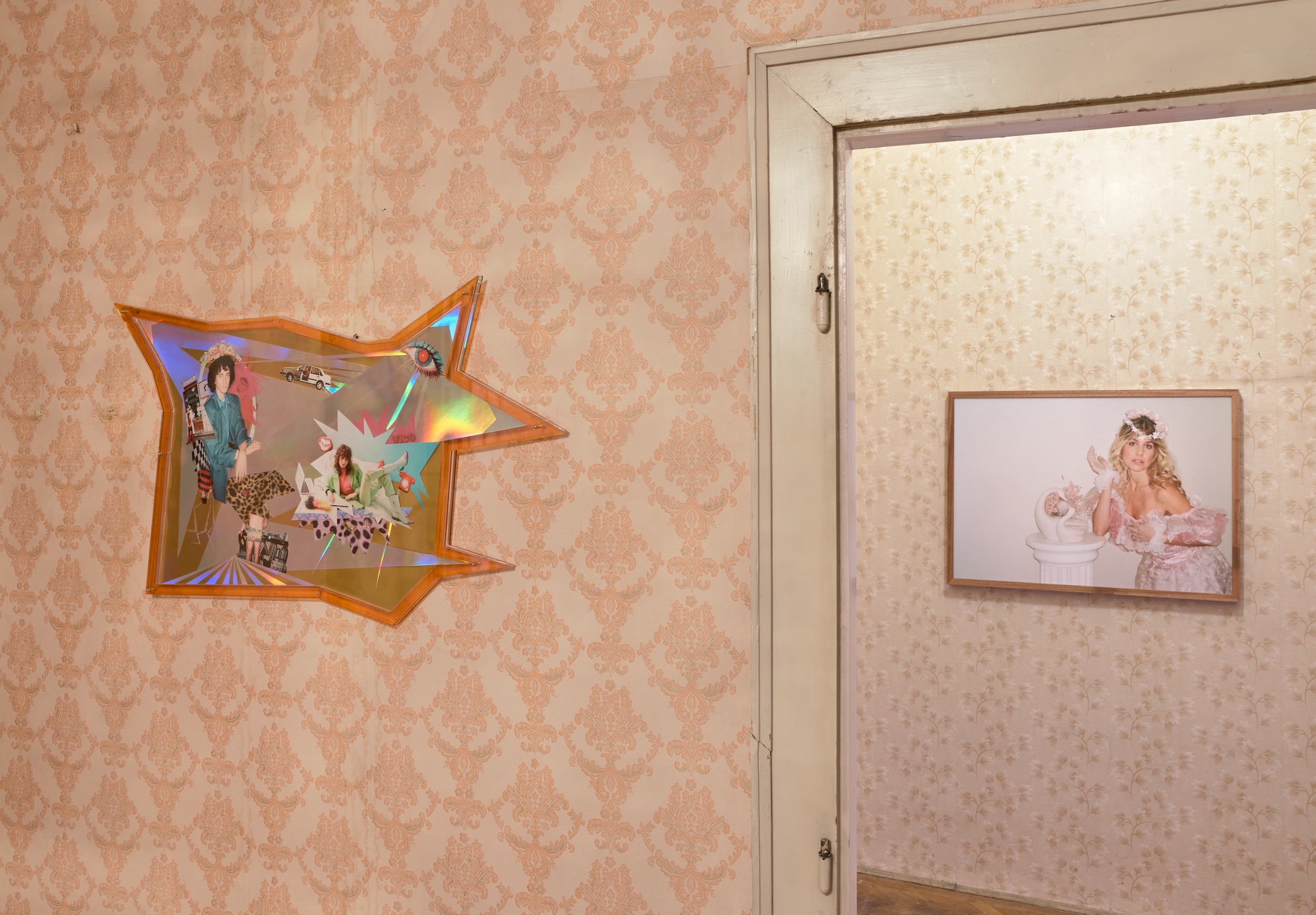
“Space to explore different experiences of recent history is particularly important in Hungary’s current climate, in which memory politics is weaponised as political discourse”
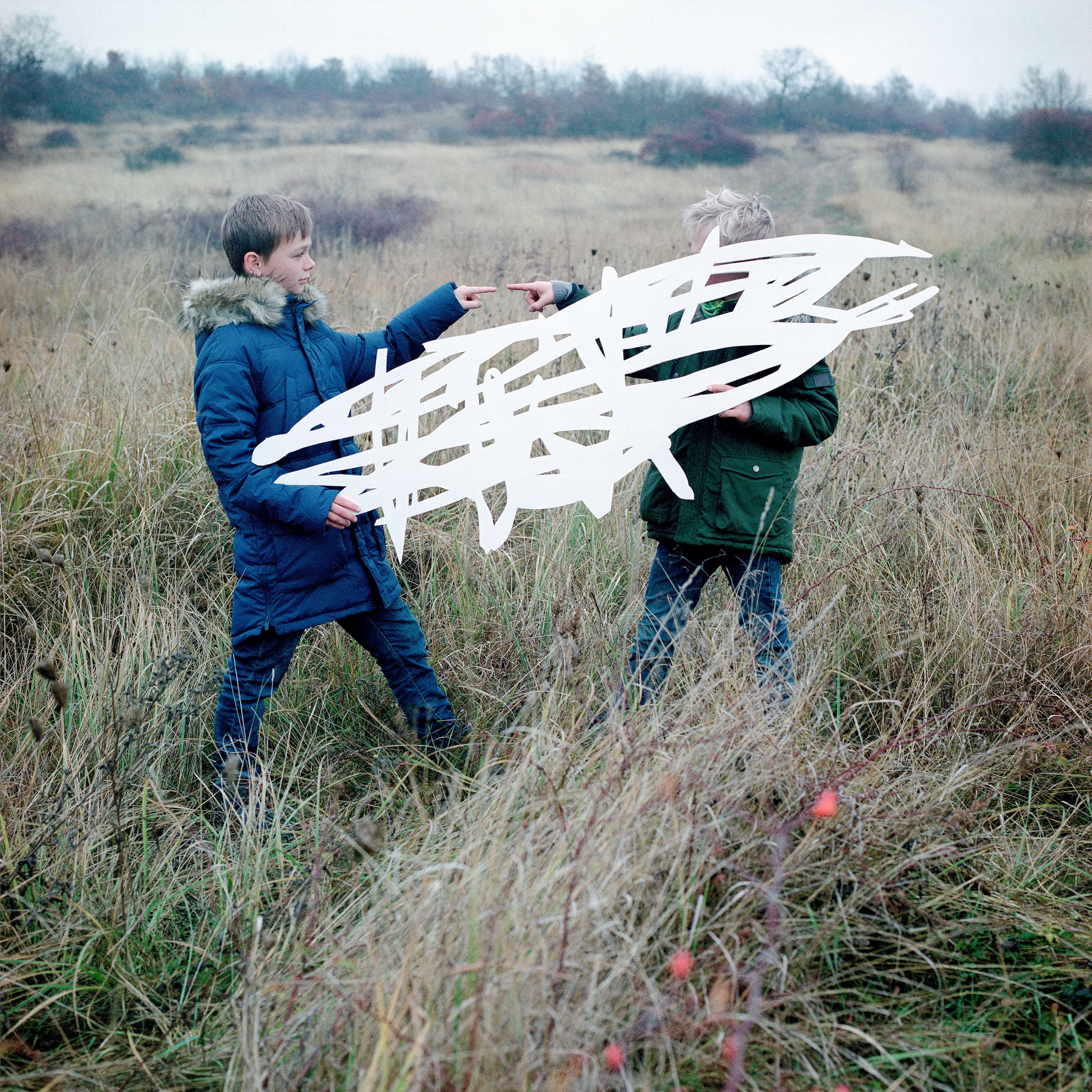
The Capa Center operates an innovative programme of prizes and creates exhibitions seeking to untangle contemporary identity through diverse perspectives, such as Euphoria? Stories of a System Change from Hungary (2019–20) and Eastern European Beauty – Contemporary Fashion Photography & the Eastern European Aesthetic (2024), both curated by Emese Mucsi. These shows are significant attempts to make sense of seismic geopolitical shifts from the past three decades, which likewise opened up the cultural sphere, and they make space to explore personal and collective experience removed from increasingly formalised narratives around national identity. The thematic approach provides important framing for artists also grappling with these ideas, such as Szabolcs Barakonyi, whose work explores ritual and tradition against the instability of rapid sociocultural change. His approachable yet incisive perspective addresses official and unofficial histories, and the buttressing of individual and shared realities.
Since 2008, Hungary’s most important national museums, including the Museum of Fine Arts, the Hungarian National Gallery and the Ludwig Museum, have also periodically staged blockbuster photography exhibitions. Some addressed contemporary photography – including Hungarian Art Photography in the New Millennium (Hungarian National Gallery, 2013) and Péter Korniss: Continuous Memories (Hungarian National Gallery, 2017), the first solo exhibition of a living Hungarian photographer at a major national – and these shows have helped to familiarise audiences with contemporary photography in a broader cultural remit. Smaller cities such as Pécs, Miskolc, Kaposvár and Esztergom, to name just a few, have further contributed to conceiving a photographic domain in Hungary, with a reciprocal network of activities carried by amateur photo-clubs, biennales and regional cultural centres.
Budapest nonetheless remains the principal centre, and the Hungarian Museum of Photography, formed in 1991 with the support of a private foundation, is soon to move its activities from Kecskemét (about 50 miles from Budapest) to a prime location in the capital’s new museum quarter, integrated into the Museum of Fine Arts. Relocating its significant collection of about 700,000 works – amassed by the Association of Hungarian Photographers, which was established in 1956 as a state-sanctioned organisation and was particularly influential in the mid-late 20th century – will likely solidify photography’s place in the institutional sector and expand the overall scope for photography in the cultural sphere.
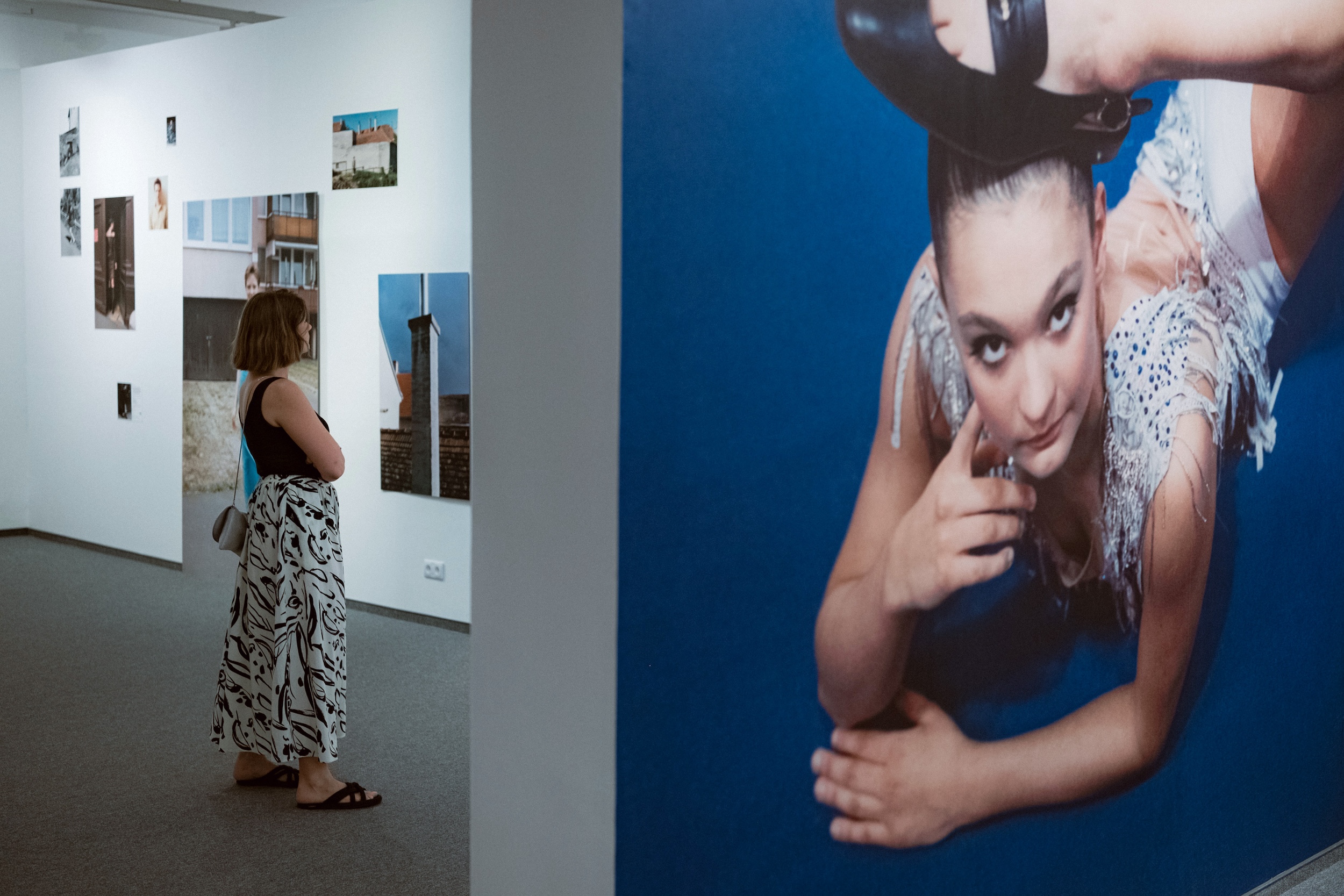
Space to explore different experiences of recent history is particularly important in Hungary’s current climate, in which memory politics is weaponised as political discourse. While the international arts sector has generally moved towards globalism, Hungary’s cultural policy has tracked a more conservative politics. Viktor Orbán’s government has focused on centralisation: sector-wide institutional autonomy is diminished, funding is funnelled through conservative channels, and culture – along with the country’s democratic institutions at large – is held to the government’s self-styled ‘illiberal’ approach.
Cultural infrastructure and its financing have long shadowed social and political position, in turn catalysing reciprocal effects in cultural policy and diplomacy – as discussed by Izabel Galliera in her 2017 book Socially Engaged Art After Socialism: Art and Civil Society in Central Europe. Yet this has not stymied creativity in the arts and, even under the state monopoly of the late-socialist period, photography evolved across different genres and was engaged with local scenes throughout Eastern Europe. This exchange helped create commonality in shared aesthetics in the region, seen in points of contact in fashion photography – for example, around glamour or the grotesque – portraiture, or representations of the industrial sublime.
Szociofotó, or social documentary photography, was a definitive genre in Hungary throughout the 20th century, a consistent pillar of photographic culture pivotal in pushing the boundaries of personal perspectives in photography. It remains a persuasive influence in a contemporary context, evident in the work of artists such as Anita Horváth, whose ongoing project You Are Not Like Them presents a thoughtful portrait of Roma women. Drawing on her own heritage, Horváth’s intuitive practice resists the racialised prejudice experienced by Roma communities, building on the groundbreaking efforts of earlier Romani artists such as Tamás Péli (1948–1994) and Omara (1945–2020).
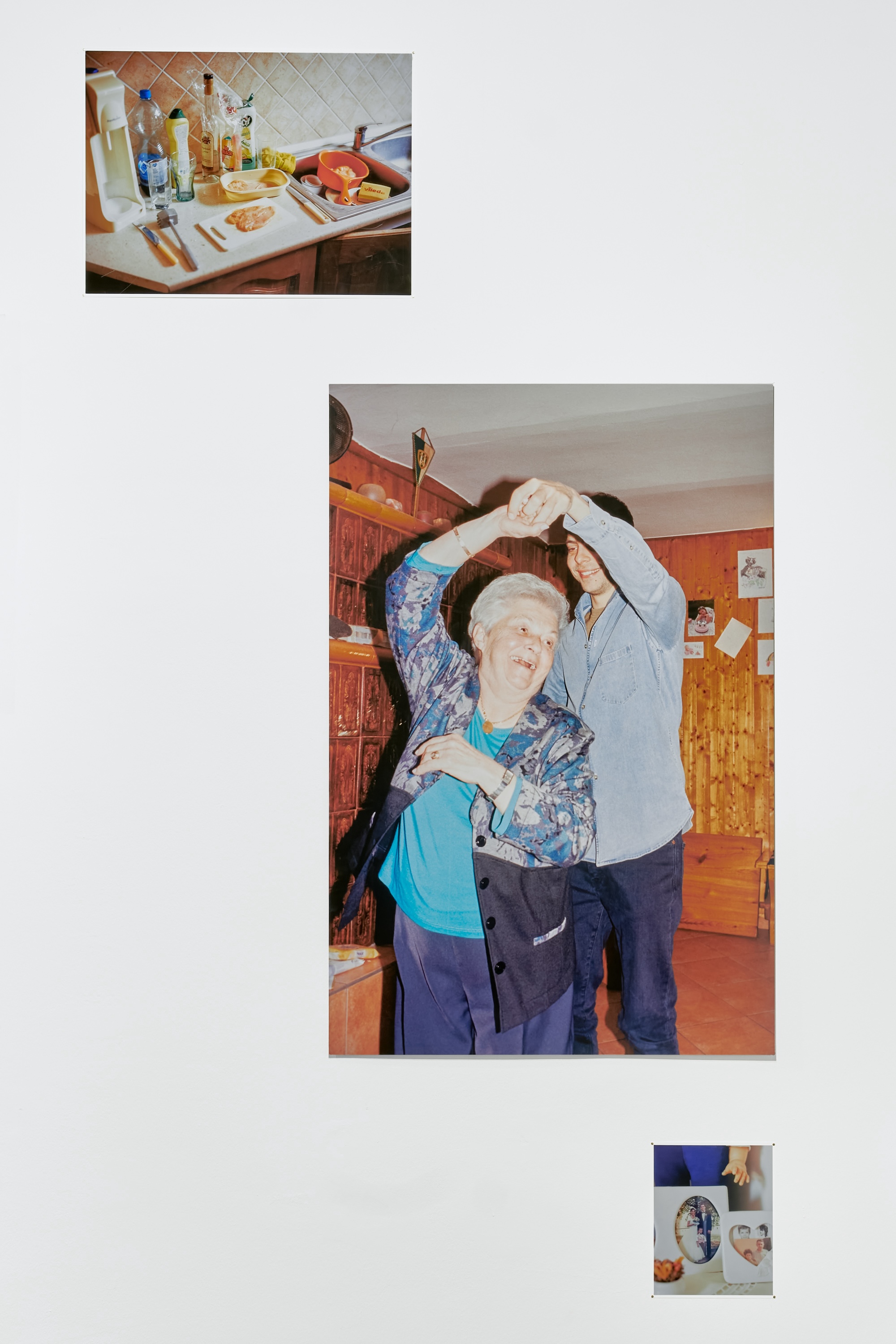
The Capa Center remains important for recent graduates, such as Horváth, in the breadth of its offer; running prizes specifically for emerging artists and demonstrating an international outlook that benefits their prospects. The Capa Center has partnered with pan-European platforms Futures and Parallel, and positioned Budapest as a hub for international exchange in associated events. In tandem with an increasingly international commercial gallery sector, contemporary photographers are also more and more visible at international art fairs. Vintage Gallery, run by Attila Pőcze, has been an anchor in the commercial sector, for example, having pioneered commercial activities around photography in Hungary and elsewhere, since the 1990s.
Vintage primarily presents a 20th-century programme, however, and more recently, other Hungarian galleries – such as acb, TOBE, Art+Text, and Einspach & Czapolai Fine Art – have driven a contemporary perspective on the international stage, showing photographers such as Anna Fabricius and Bede Kincső (a Romanian artist with Hungarian roots), among others. It also appears that migration is less important than it once was to breaching national borders. Budapest-based artist Andi Gáldi Vinkó won the Kraszna-Krausz Photobook Award in 2023, for example, with a winning monograph published by the London-based Trolley Books.
Strong tendencies in cultural publishing from Hungary also support artistic practice and exhibition culture, and the past few decades have seen a sharp increase in scholarly literature, artist books, monographs and thematic volumes around photography. These extend texts from the late 1970s and 80s, which established particular histories of photography in Hungary (many of which were published as multilingual books), and longstanding subject-specific periodicals such as Fotóművészet and Fotó magazine.
The time seems ripe to move beyond a dated dialogue around Eastern Europe towards a sophisticated understanding of (trans)local, transnational and global geopolitics in relation to artistic practice. Scholars have already begun applying aspects of decolonial theory to the idea of the ‘periphery’, and there is much left to explore around how Central and Eastern Europe reckons with its imperial, if not colonial, past in a global context. Exhibitions such as European Kinship mark important milestones in this collective effort, challenging tropes and reframing decades-old ideas all too often still held in the ‘West’.
European Kinship is on show at the Robert Capa Contemporary Photography Center, Budapest, from 12 March 2025.
This article first appeared in a special project of the same name, published alongside BJP Issue 7921 and co-organized with the Robert Capa Contemporary Photography Center, Budapest and with the Adam Mickiewicz Institute as part of the international cultural program of the Polish Presidency of the Council of the European Union, 2025.
The project was co-financed by the Polish Ministry of Culture and National Heritage.

